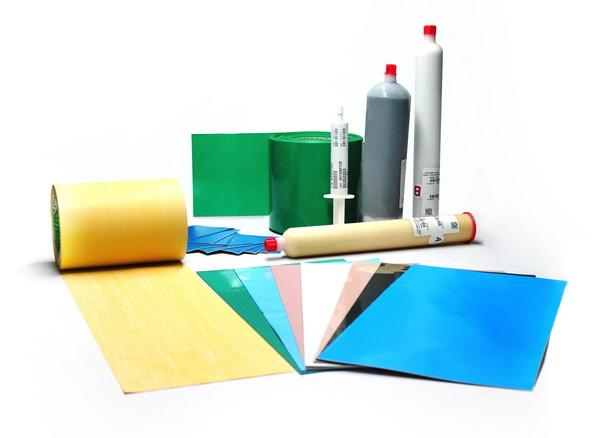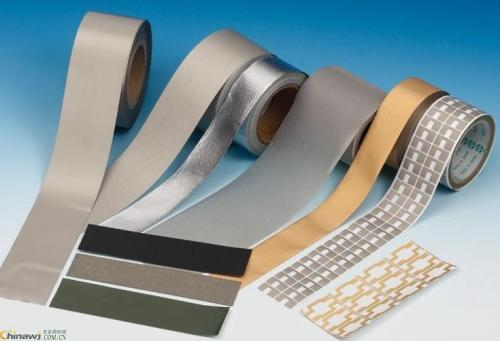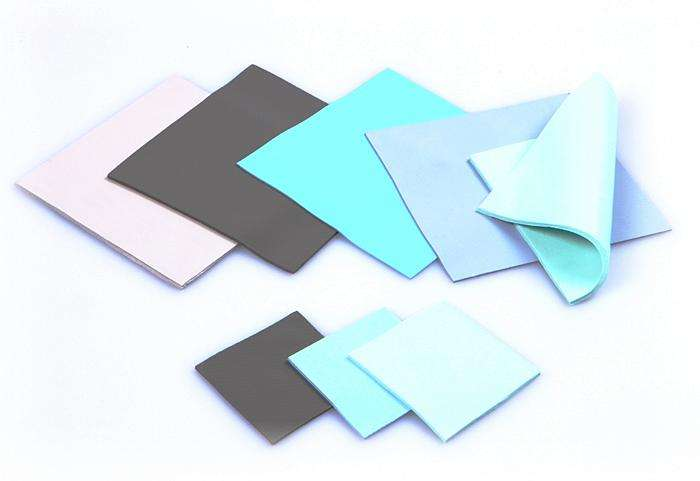In recent years, developed countries and government organizations in the United States, Japan, and Europe have invested a large amount of human and material resources in LED lighting to develop and research, so that the technical level of LED light sources has been greatly improved, and the power of single chips has reached 3 watts, luminous efficiency of 30 lumens per watt (1m), single integrated chip high-power LED power has reached 200 watts, making LED become an illumination source.
LED lighting fixtures consist of LED light sources, electrical accessories and appliances. It uses semiconductor light-emitting device as the light source, has the characteristics of small size, long life, low energy consumption, instant start, rich color, etc. It is an environmentally friendly and energy-saving cold light source.
LED products will become the latest energy-saving lighting products. However, LED lighting equipment is a high-tech, high value-added product. In China, the research on LED lighting is still very weak, which is very different from the foreign level. Especially in the application of basic research, it can not meet the needs of China's industrial development. In terms of LED lighting product testing technology and product standards, it is far from being able to meet the requirements of China's LED lighting industry development.
The development of LED lighting in China should first establish and improve the technical standards and test method evaluation system of LED lighting equipment in China, and standardize the existing testing system so that the products of different enterprises can be tested according to the unified testing method. Only in this way can we truly understand China's LEDs. The technical level of lighting products will further promote the technological progress of China's LED lighting industry and promote the accelerated development of the industry.
First, the status of lighting LED standards and testing technology
The International Commission on Illumination (CIE) and the International Electrotechnical Commission (IEC) do not have standards for lighting LEDs.
In the 1990s, CIE published a technical report on general LED test methods. However, due to the rapid development of LED products in recent years, many of the technical features of LEDs discovered today have not been considered in the past. Therefore, at the IEC annual meeting held in Kyoto, Japan in 1999, representatives from developed countries proposed to develop white LED lighting standards by IECTC34 (Lighting Technical Committee). The Japanese delegation also submitted two draft standards for white LEDs for general lighting. .
In order to develop lighting LEDs, developed countries attach great importance to the research of LED test methods and standards. For example, the National Institute of Standards and Testing (NIST) is a world-renowned testing and research organization. Currently, they organize internationally renowned test experts to conduct LED test research, focusing on test methods such as LED luminescence characteristics, temperature characteristics and light fading characteristics, in an attempt to establish a complete set. LED test methods and technical standards have been at the forefront of the world in LED testing. Japan established the "White Light LED Test Research Committee" to study the test methods and technical standards for white LEDs for lighting.
In order to seize the commanding heights of LED research, the developed countries in the world have invested a lot of manpower and resources in LED standards and testing, focusing on the selection of LED characteristic parameters and test methods in terms of standards. There is no LED lighting fixture standard in China, and there is no corresponding LED lighting detection system. Some companies have purchased some testing equipment. However, due to the lack of professional research, the detection level is low, the instrument matching is poor, the detection accuracy is low, and it is incomparable with each other, and the test items cannot meet the needs. Although China's professional testing institutions have also carried out some research work on LED testing, due to limited conditions, it is still unable to form a complete testing and evaluation system, and its level still has a large gap with foreign developed countries.
At present, China's relevant testing departments have begun to carry out research on lighting LED test methods, including the development of testing equipment. The National Lighting Appliance Standardization Technical Committee has included the technical standards and test method standards for lighting LEDs in the standard work plan for 2004. It is hoped that the development of LED technology and the application in the field of lighting will be promoted through the development of lighting LED standards.
Second, the need to solve the problem
LED lighting technology standards focus on solving product characteristics and test methods. The most important performance indicators of LEDs are optical and electrical properties. Optical properties include luminous flux, light distribution, brightness, spectral distribution, chromaticity coordinates, color rendering index, and the like.
LED is applied to lighting fixtures. It has similar commonalities of general light source and speciality of its products: LED is a kind of directional light-emitting device; illuminant is small, it can approximate point light source; light is affected by environment and processing The process has a large impact.
The measurement cycle of LED light decay characteristics is very long (tens of thousands or even tens of thousands of hours). In addition to optical performance, LEDs also have characteristics of electrical accessories (including energy-saving electrical accessories), mechanical properties, temperature characteristics, and appliance safety characteristics. Therefore, the issue of test methods should be considered in the development of standards.
The first is to choose to adopt and develop test equipment that meets the characteristics of LEDs and establish a test system. Including: LED optical test system, temperature monitoring test system, electrical test system, environmental test system, durability reliability test system. The main test system should adopt international advanced means, and the test method should be close to the international advanced level.
Through cooperation and exchange with foreign laboratories, China's LED detection technology is synchronized with international development, so that the standard can objectively reflect the technical level of China's lighting LED, adapt to the rapid development of China's lighting LED, and be consistent with the international level. To further promote the development of LED technology.
Third, the lighting LED standard is a series of standards
The basic standard (or main standard) in the series of standards is a single-tube LED lighting standard and test method standard, on the basis of which a standard system for lighting LEDs is formed. LED standard firstly needs to solve the characteristic requirements of LED light source in illumination, determine the technical requirements of LED light source, and find the main technical characteristics and technical parameters of LED through the detection of LED to determine the technical level and related technical indicators of China's lighting LED and skills requirement.
Due to the rapid development of lighting LED technology, the development of lighting LED standards should be compatible with the development of technology and the needs of the market. Standardization institutions, testing institutions, lighting LED research departments, production enterprises and application units should cooperate with each other and work together to establish a set of national standards for lighting LEDs that are in line with China's national conditions and advanced technology. (small soup)
Thermal management is very important for electric products design. The common thermal management products are thermal conductive pad, thermal adhesive tape, thermal gap material ,Graphite sheet, Thermal Conductive Glue. Our thermal pad could reach as high as 6 W/m.k , It is much higher than other thermal pad suppliers.



Thermal Management Products
Thermal Management Products,Thermal Conductive Pad,Thermal Conductive Tape,Graphite Sheet
JINAN EMI SHIELDING TECHNOLOGY CO., LTD. , http://www.emirfi.com